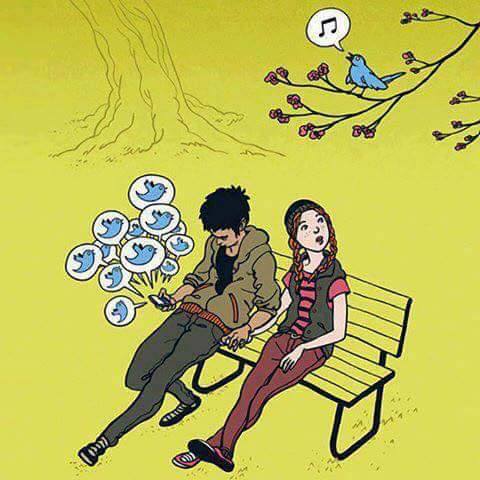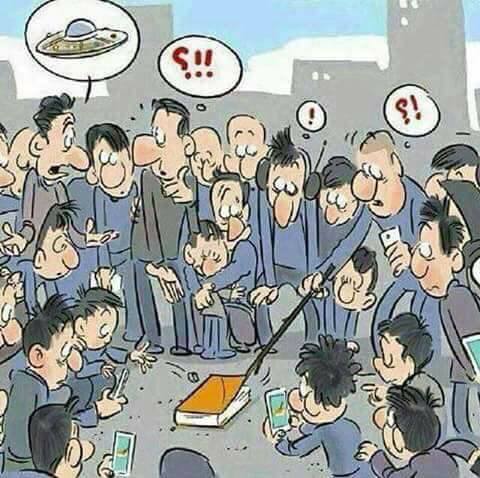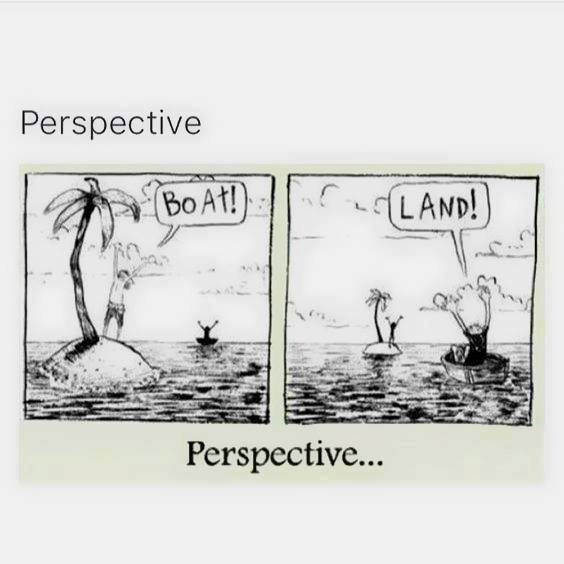Hello and welcome to Day 6 of the Intuition Mini-Course.
So far, we have worked with our “physical body” (vision, feeling), and with our “emotional body”. Today we discuss our “mental body”, or our “Knowing” sense.
“Knowing” is a very common sense that we use daily, but not everyone is aware of it. Thoughts and ideas are in our heads all the time.
How do we know what is “ours”, and what we are picking up from someone near us,
How do we know what is “good advice” and what are “dumb ideas”?
Today we will touch on this, and a bit more.
Find this page by accident? Want to take the whole course? For FREE?
Let’s Get Started With Day 6
Tapping in to Your “Knowing”
The common definition of “Clear Knowing” is that thoughts and ideas “drop down” into your head, and while they seemingly come from nowhere, they turn out to be really good ideas… or are a really good “knowing”.
How does one improve their ability to “know” things? Can it be learned? Can it be expanded?

This “knowing” is available to anyone. However, in order to access this, we must be willing and able to allow our mind to float freely and to access the vast array of knowledge that is out there. One of the secrets is not to get “married” to the first thought that comes along. Go out and explore more. It just takes a little practice.
We also must learn to be discerning. Just because you listen to and can relate to a certain perspective, this does not make it the right “choice”, or or the “highest and best” thing to focus on “at this time”. In the process of exploration, master the ability to gracefully detach from thoughts and ideas that are not relevant to your particular quest, and to hone in on those that make you feel energized and excited.
In summary, “Knowing” requires two very important qualities which can seem, at first glance, to be contradictory: The first is to be open and to explore multiple perspectives and forms of input, while the second quality is to be discerning and only choose perspectives and forms of input that are relevant to your current situation. With practice, these two qualities will work together to provide you optimum solutions.
Exercise: “Knowing Sense”
listen to the exercise here: (Or simply read on)
Identify a small problem you would like to solve. For this exercise, don\’t make it your largest problem, or it will seem too overwhelming at the start. Find something smaller that you need a solution for. If you would like, identify multiple small problems in your life and repeat this exercise, one at a time. Practice is one of the keys to Mastery.
Step 1: Remove yourself from current distractions. New ideas flow better when you change your circumstances, or perspective. If it is a problem that can be solved by going deep within, then go for a walk in nature, or take time for yourself in a hot bath or shower. Remove yourself from people and “things” that distract you and simply focus on yourself.

Chores can also be a form of escape and inspiration. Even cleaning, sorting or digging ditches can be tasks that you can perform that do not require much thought, but will remove you from distractions such that you can engage in some internal dialogue.
Take this time to ponder your “problem” and formulate what you are truly needing a solution for. What questions need answered? Define your problem in multiple ways.
Step 2: Research. Sometimes this can come in the form of going off into a quiet space and having an internal dialogue. Sometimes this can come in the form of asking friends and acquaintances about their experiences and knowledge. Sometimes this can come in the form of accessing the internet and looking up answers to questions by reading articles, or watching videos. Sometimes this can come in the form of picking up a good book. Books are interesting because as you read them, as you hold them in your hands, you will often receive a number of intuitive insights beyond what is written on the pages. They are a great catalyst for working with our internal “knowing”.

Be open to input you haven’t seen or heard of before, but at the same time, be discerning. “Feel” it. How does the information make you feel? Happy? Sad? Angry? Inspired? Motivated? It is not enough to simply be excited about new information, does it also make you feel calm and confident? Discernment is a skill. And skills are mastered with practice. Don’t be afraid to get things “wrong”. This is how we learn. Just try to master these skills with smaller problems, where getting “wrong” answers in not that harmful or expensive.
Step 3: Discuss. Expand. Write your insights down. Speak them out loud. Ponder them. As you record them, you will likely receive more insights. As you ponder new ideas, more perspectives on the subject will emerge, and more options and alternatives will be presented to you. Enjoy the process.

Step 4: Narrow your Focus. Now that you have done your research and formulated multiple perspectives, it is time to narrow your focus to that which feels the most compelling. Once again, as you do this, more and more information, ideas and insights will flow your way, whether it be from your higher self, from friends or acquaintances you meet, or from random articles and videos you are drawn to on the internet or beyond. The more focused we are, the more apt we are to find the solutions we are looking for.
Step 5: Repeat the Process. The first solution you find and implement will never be the “final solution”. We are always growing. We are always learning. If we would like to learn how to build a house and we have never been involved in construction before, the odds are that the first house we build will never be perfect. The more houses we build, and the more houses we live in and “experience”, the better our houses will become. Be open to feedback. Be open to new ideas. Be open to new adventures.
Recap of Today’s Exercise
When searching for new thoughts or ideas. we need to be able to let everything that is not relevant at this time go so that we can open up to something new. If we are bogged down in a sea of information, multiple inputs and multiple perspectives, we will be too cluttered to recognize brilliant and helpful insights.

Clear your clutter. Remove yourself from you current surroundings. Go for a walk. Change the activity you are engaging in. Take a break. Or, get up and start moving. Do something you don’t normally do.
As you enter down this new path, be observant, and be open and responsive to new input and ideas that seem relevant. Write new ideas down. Or tell them to other people around you. As you speak or write about your the subject, more ideas will flow.
Key Takeaways From the Exercise:
- The common definition of “Clear Knowing” is that thoughts and ideas “drop down” into your head, and while they seemingly come from nowhere, they turn out to be really good ideas… or are a really good “knowing”.
- This “knowing” is available to anyone. However, in order to access this, we must be willing and able to allow our mind to expand and to access the vast array of knowledge that is out there.
- We also must learn to be discerning. Just because you listen to and can relate to a certain perspective, this does not make it the right “choice”, or or the “highest and best” thing to focus on “at this time”.
- Once you have the information flowing, and you have developed a level of confidence in your ability to “feel” for information that is not only relevant but helpful to your quest, the next phase is to engage. Test out some of these new thoughts and ideas. Speak it out loud. Write it down. Record it. Re-work it. Experiment.
- Find a focus. The more we focus on our “highest and best path”, the more the insights and ideas will flow in that direction. Be observant, and be open and responsive to new ideas that flow your way. Be willing to make “course corrections” as you learn more. We are always learning, expanding and growing.
If you would like to work more on this, in the Expand Your Intuition Course, we spend time working on discernment – making choices. Finding things to focus on. Deciding what to keep, and what to “flow thru” or steer away from. Emotions are such a key component of this. There are many exercises geared to assist you in developing a solid relationship with your emotions so that you can use them the way they were intended to be used. As a means of communication.
